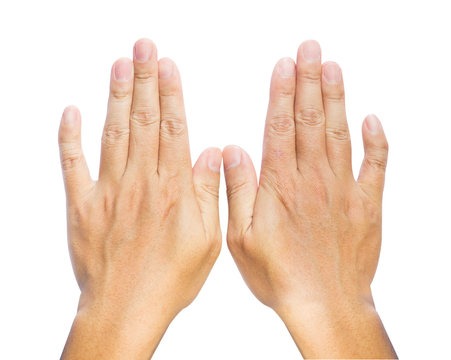
Over View
What is clinodactyly?
Clinodactyly means that your child has a finger that curves to one side. It usually affects the little (pinky) finger but can affect other fingers as well. It is typically caused by abnormal growth and development of the small bones of the finger.

What causes clinodactyly?
There are three bones in the finger. In many cases, children develop clinodactyly when the middle bone is shaped like a triangle. This misshapen bone is called a “delta phalanx.” A delta phalanx may have a curved growth plate or more than one growth plate. Therefore, as the hand grows, the finger becomes more curved.
Clinodactyly can be passed on from parent to child. It may also be part of a related condition, such as Down syndrome.
How is clinodactyly diagnosed?
Your child’s doctor will diagnose clinodactyly after talking with you about your child’s medical history and doing a careful physical examination. Your child will also have an x-ray.
How is clinodactyly treated?
Treatment for clinodactyly depends on how curved your child’s finger is.
However, clinodactyly can increase as the hand and fingers grow. Therefore, it is important for your child to be followed closely by their doctor in case their finger becomes more curved over time.
If clinodactyly interferes with the use or movement of their hand, your child may need surgery.